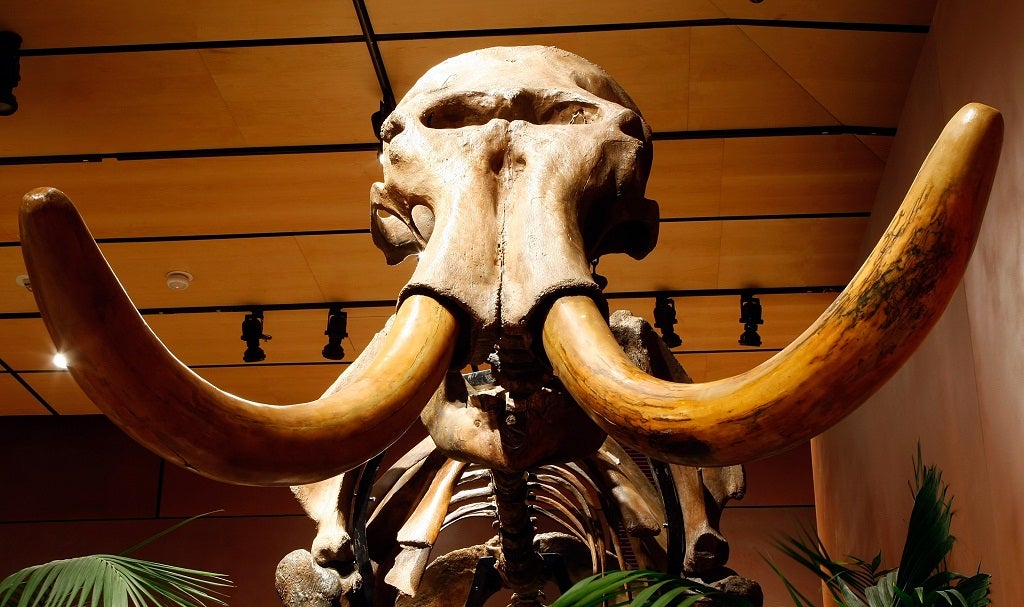
Your support helps us to tell the story
From reproductive rights to climate change to Big Tech, The Independent is on the ground when the story is developing. Whether it's investigating the financials of Elon Musk's pro-Trump PAC or producing our latest documentary, 'The A Word', which shines a light on the American women fighting for reproductive rights, we know how important it is to parse out the facts from the messaging.
At such a critical moment in US history, we need reporters on the ground. Your donation allows us to keep sending journalists to speak to both sides of the story.
The Independent is trusted by Americans across the entire political spectrum. And unlike many other quality news outlets, we choose not to lock Americans out of our reporting and analysis with paywalls. We believe quality journalism should be available to everyone, paid for by those who can afford it.
Your support makes all the difference.An 11 year-old Russian boy made one of the discoveries of the century when he stumbled across the remains of a 30,000-year-old woolly mammoth, the New Scientist reports.
"Woolly mammoths have been found in the permafrost in Siberia since at least 1929, but this is one of the best preserved. Its tusks, mouth and rib cage are clearly visible."
Scientists uncovered the beast using steam and pickaxes and it will now be studied by paleontologists in Moscow and St Petersburg, before being put on permanent display in Taymyr Natural History Museum.
"It seems inevitable with such a discovery that the possibility of cloning a mammoth will be revived. A team of Japanese scientists are apparently working with DNA from a carcass in a Russian laboratory to produce a clone. A big obstacle, of course, is degraded, ice-damaged DNA."
Join our commenting forum
Join thought-provoking conversations, follow other Independent readers and see their replies
Comments